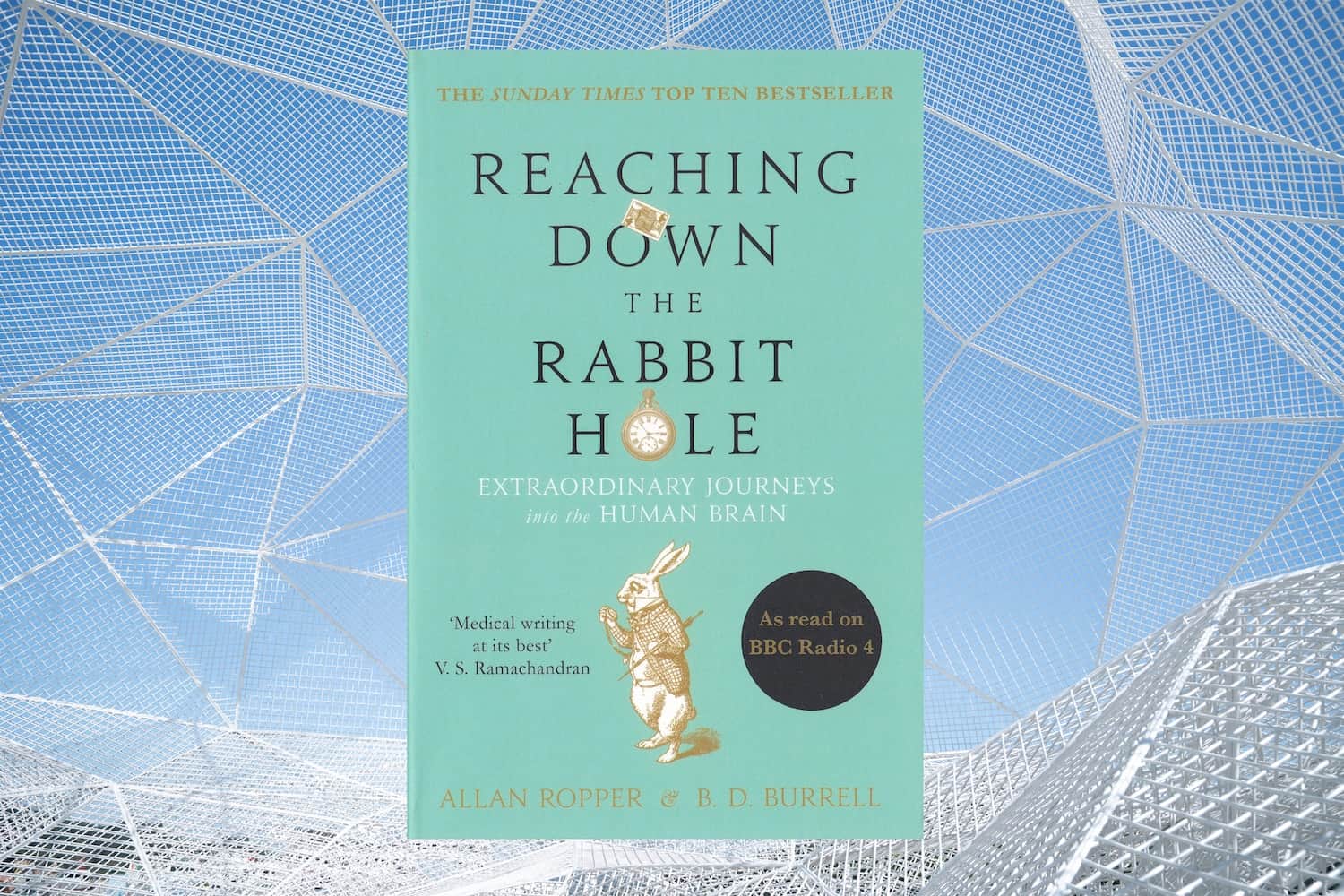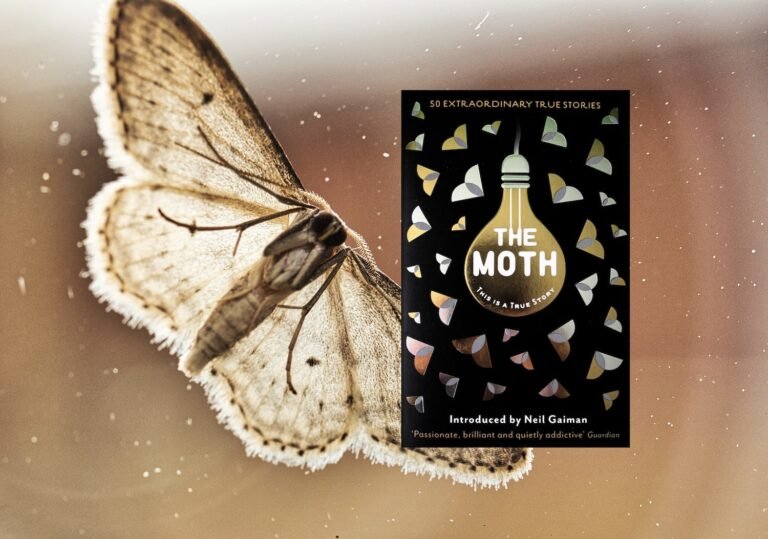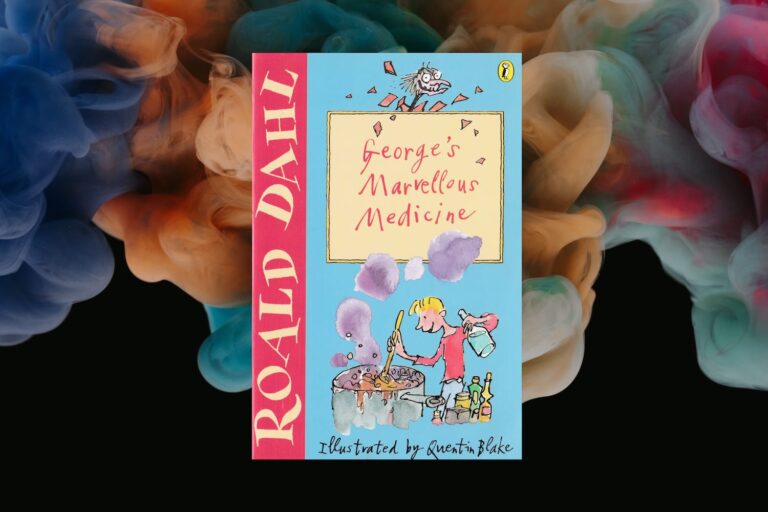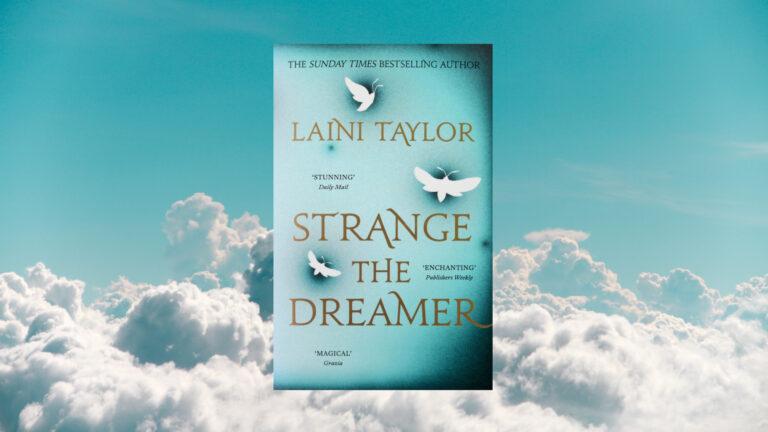Life can take strange turns like a drastic storm that suddenly appears. Creating from it lightning that sets fires, hurricanes that knock your house down, floods that threaten to drown everything they touch. The people in this book, the patients, loved ones and doctors, strive to build defences, make repairs, and to survive their way through the storms of illness, or to otherwise say goodbye the best way they can as their brain betrays them.
Reaching Down the Rabbit Hole – an Alice in Wonderland reference – invites the reader into the life of the highly-acclaimed neurologist, Allan Ropper. His accolades include working on a scientific panel for the Vatican, to helping a certain Back to the Future star – which is mentioned in the book – but everyone is treated the same. This is clear not just in the instruction of those he guides and teaches, but in the exchange of dialogue between the patients. The key here is to know them. Helping them is to listen, and in this we are invited to sit alongside as a shadow, watching as unusual cases come forward; a young woman foaming at the mouth, a grumpy man who’s suddenly all smiles, and a person that’s slowly becoming trapped in their body with the addition of seeing illusions ‘Queen Elizabeth and her corgis in my fireplace’. However, the book is more than just symptoms and signs, but also; a devastating display of what these conditions do to a patient’s life; a diagnosis of diseases; to the demands, and working life of those in medicine.
Although non-fiction in content, it’s written with the prose of a captivating and whimsical novel ‘he has the body of a Buddha, the eyes of a koala, and an air of resignation that is probably his baseline.’ An enjoyable and somewhat humorous account of the patients’ and doctors’ attributes, along with the idiosyncrasies of their personality – aside from the neurological afflictions they suffer. This fine-detailing of those featured in the book makes them jump from the page, their faces clearly defined. It’s self-evident when reading the book that everything about a patient is taken in, not just the illness, disease and injury they’re suffering with, but who they were before that and who they may be after.
Punctuated here and there are the thought processes involved in diagnosing, the results of tests, the conflicting information, to a string of different voices and opinions, including those not working for the book’s featured department. Alongside the running of the ward, there’s also information on how code blues work and handovers. The authors balance, with seeming ease, a medical definition of terms and umbrella groupings, while including personal views in the different perspectives that are taken. Everything in the book is explained both simply and in an unpatronising way to the reader, making it a book for anyone, regardless of their scale in medical knowledge. The different conditions covered in the book and their intricacies are related in turn to a patient – adding a personal and very human face to the diagnosis.
This book does more than cover the devastating and unimaginable affect the brain can have on us, for it also gives valuable insight into the challenges, successes and sorrowful experiences faced in medicine, specifically neurology. The over-reliance on tests, rather than conversing with the patient, and a pulling away from established methods of learning that can be just as important as new technologies. In Reaching Down the Rabbit Hole there’s no shying away from the foibles of the doctors and their omissions in judgement, for after all they aren’t gods, and typed here for all to see – Ropper is captivatingly honest, if not always humble.
In the course of the book we come to discover more about Ropper, and in this we’re equally drawn into the humanity of doctors, they’re not lifeless machines that spew out facts but everyday people who are dedicated to helping others. They work hard not to miss anything and are strongly empathetic, whilst trying not to get swallowed by their emotions, and who may, may just like railway-modelling and ham-radios, maybe.
Reaching Down the Rabbit Hole includes the chit-chat, the interchange of information and the imparting of knowledge, each being equally important, and pleasingly ‘the dialogue is 70 percent verbatim.’ In amongst this is a sense of the inner-voice of Ropper and as the book progresses to include different times in his career you witness not just the shaping of his medical journey but the broadening of his perspective, a voice of maturity; someone who has lived and experienced many lives.
Each chapter is different, with some set on specific areas of neurology, such as; memory loss; the diagnosis and experiences of people with ALS; the changing treatment and viewpoints of a disease such as Parkinson’s. Even life lessons missed out from medical textbooks are just as invaluable, such as relating to the patient and having empathy – which in an expert move of pickpocketing, the teacher is taught to experience.
In a moment of life-saving action, the book suddenly becomes charged with suspense, and where only moments ago it had commented on medical TV dramas, its pressure becomes just as palpable if not more so, for the stakes are real. The book however is not a melodrama, but an accurate account of life, where more than anything you learn of its consequences.
Part way through reading the book my nose became so pressed up against its pages that I looked like Miss Piggy. For the chapter on conversion disorders/hysteria and how our bodies are able to present stress and trauma in a variety of different ways, such as in blindness, muscle weakness, etc, is so engrossing that it’s damn right un-put-downable. And just as interesting are the hilarious tactics of some doctors who only need a post-it note, a pen, a good amount of gumption and a well-placed swearword to test whether someone’s really blind.
In the book’s finishing chapter it tries to do just this – to finish the stories of the patients mentioned earlier in the book, although this can only be answered for some of them. I found this chapter one of the most captivating, and largely because it sounded more like Ropper – or at least what you’ve come to imagine is his voice. The writing here isn’t focused on any one thing but is instead held like an everyday conversation (albeit on unusual topics) both to the reader and to his colleague, and in doing so provides a transparent glance of the everyday life of a neurologist. This is the aim and general feel of the book as a whole, but it feels emphasised here – the short summary of a daily handover between staff a clear example of the complexities and yet regular day-to-day difficulties faced by both the medical team and the patient, leaving this brief example to be one of the most eye-opening parts of the book.
For a book which is so precise in its detailing, there were unfortunately some mismatchings of time that did niggle at me, such as in the age discrepancies of a patient who’s in his thirties when his child is born, but at his fiftieth this same child is five. This is nit-picking, I know it is, for otherwise it’s a book that’s perfect in every diagnostic way.
Co-written between Ropper – whose stories we follow – and B. D. Burrell, the book provides a more rounded perspective, for as Ropper explains Burrell was ‘…someone who listened to the patients and residents as closely as I did, and heard what I did not’.
One of the most interesting segments – the poisoning of three individuals – was given the briefest beginning-to-end resolutions that left me wanting the middle section of why? But then this steps into another area entirely; one more of crime and drama, and it may not even be answerable, our imaginations left to take over in a book that’s factual, empathetic, and illuminating, whilst having a healthy amount of tension.
Book Edition Information:
Publisher: Atlantic Books
ISBN: 978-1-782-39550-8
Cover Design: Leo Nickolls
Presented Edition: 2015 Paperback
Background image courtesy of Joshua Sortino on Unsplash











